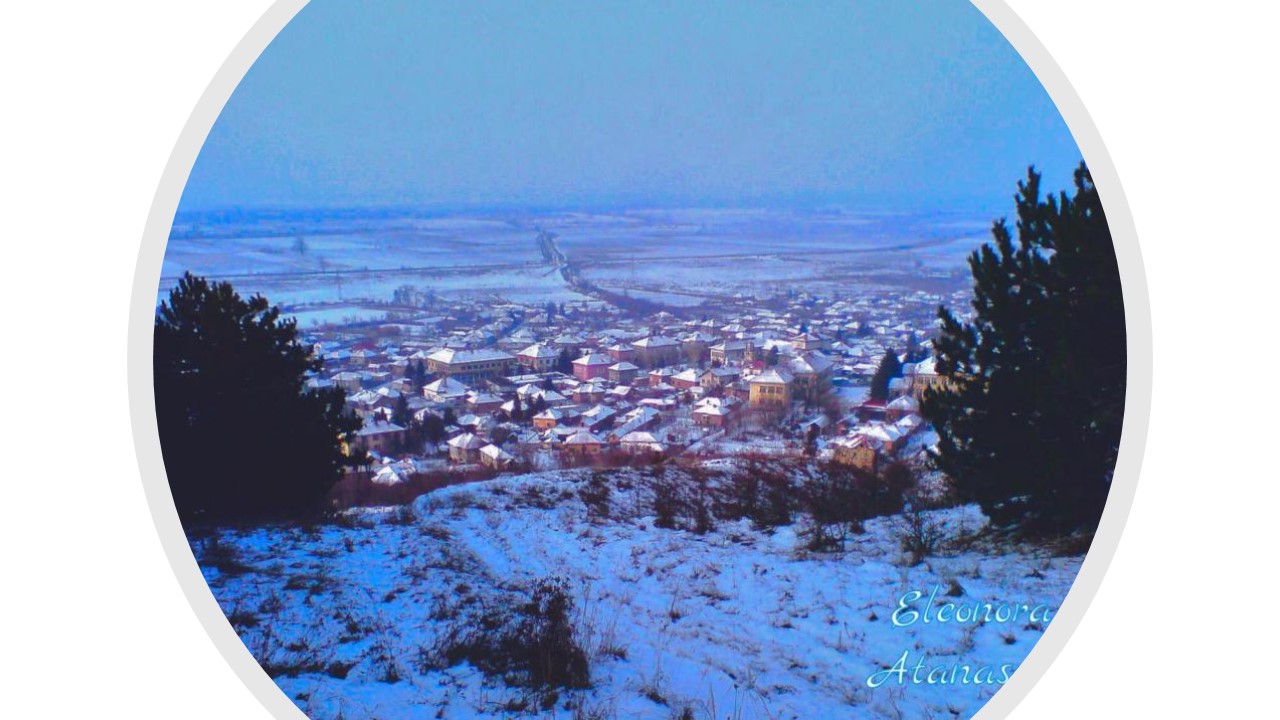DANUrB+ - Christmas Traditions in Bulgaria (village of Milkovitsa)
18-10-2022
Soon after Christmas midnight young men, soon married or single, come walking the streets of Milkovitsa, singing. Thus, begins the annual ancient caroling custom. Local women passionately collect and preserve local traditions.
About 7 km from the Danube, Milkovitsa is in the valley around the mouth of the Vit River, in the central part of the Danube’s bank of Bulgaria, in the municipality of Gulyantsi.
Here the celebration begins in the evening of December 24th. Before setting a festive table, every family turns on the house lights and the decorated Christmas tree. Then the host stirs the fire, calling: “As many sparks, so many chickens, calves, piglets and children in my home”, explains Elenora Atanasova, a member of a group of local women who keenly collect and preserve the cultural and historical memory in the village.
Wallachian indigenous Christmas-time festivities, known as La ajun, still persist in Mikkovitsa, said Desislava Mihailova, а dedicated collector of local traditions. According to local evidence, on the morning of December 24th old women baked small pretzels with ribbons, and handed them to children, who walked around the village in the afternoon, singing in Vlach:
Buna zaua La ajun
An trun chas bun
Dam Kolaku, shi karnaku
Sa ma duk La alta kasa
San da peche grasa.
In present times firewood is left to smolder all night. 5, 7, or 9 meals are placed on the table. After midnight the grown-up carol singers in Milkovitsa wish a good harvest and health to their families with their songs. The song reads in Bulgarian:
Get up now, mister!
For you have good guests, good guests, Carol singers!
We have started since last evening,
in those long, dark nights.
To look you up, who is where, and to bring you the good news - as many herbs in the ground, that much health in this house!
According to them, the caroling group was divided into singers, musicians and brеzai - one of the historical names of the local Vlachs. The carolers wore traditional costumes, worn with cassacs, with kalpak hats on their heads, decorated with boxwood and custom jewelry. The staff of each of them was decorated with basil and boxwood, tied with red woolen thread.
The brezai were an integral part of the Christmas party. They drove a cart with men disguised as a bride and a groom, along with Mosh Krachun - the Valach equivalent of Santa, dressed in a cloak turned upside-down. The “bride” wore large scissors - chopki, made of wood, which “she” tried to make as loud noise as possible. Bells were attached to the cart to make even more noise. Two carolers escorted the procession: one dressed up as a priest in the front, and one - as a policeman, or a Turk (in reference to Ottoman memories) in the back. In this way, it was believed that the brezai chased away evil.
Upon arrival at each home, the carolers sang to the accompaniment of the musicians. They used to perform carols for each member of the family, hitting their sticks on the ground with the chorus of each song. This was followed by a performance by the brezai, with the participation of family members. The owner of the house donated Mosh Krachun with a ritual cake. A girl or the housewife strung pretzels on Christmas sticks. Each family donated the carolers according to their abilities, trying to make the gift as rich and beautiful as they expected the New Year to be, Desislava reveals.
Nowadays, hosts usually present the carolers with bread, money, wine and the custom itself ends with a feast.
Although economically underdeveloped, it offers rich, natural, cultural and historical features. One of its most intriguing features is the mixture between Bulgarian and Wallachian traditions and customs, due to the presence of one of the best-preserved Wallachian communities in Bulgaria here.

